
Natal Chart Readings
This is the foundation of all astrology. Based on the date, time and place of your birth, I cast your individual birth chart, which is essentially a map of the sky at the second you were born. A first-time reading is 90 minutes, but you can continue to dive into your chart for your entire lifetime! While the birth chart doesn’t change, you most certainly do, and we work with transits and “evolved” charts that are derived from it (see below).I was trained in the classical, archetypal astrology style, which offers a profoundly insightful personal assessment of your personality, gifts, strengths, hopes, dreams, relationship needs and style, fears and challenges in life. Over the decades, I’ve added a spiritual dimension to my readings, working from the level of the Soul. We have free will—of that there is no question. But what is the relationship between our free will, our karma (that unseen dance partner) and our Soul's intention for this incarnation? Making sense of that and putting it in the context of your life is my passion.Transits, Progressions,Solar Returns
These are three of the most popular—and accurate—predictive charts that astrologers use to see where a person is in his or her life at any given time. You’re not the same person you were as a baby, a teenager or a young adult. As the planets revolve around the Sun, they “activate” natal planets’ energy as well as one another, causing (or perhaps simply being associated with) changes and events in your real life. Transits look at how the moving planets in the sky are influencing your life now; progressions are a derivation of your birth chart that show your developmental evolution; and your solar return is a chart we cast every year to get a sense of how the next 12 months will unfold. The more accurate your birth time, the more precise the timing of the predictions will be.Chart Comparisons
This might be my favorite way to work with astrology! Once we understand how the planets function in your chart and get a basic understanding of your dynamics, we can compare it with someone else’s (usually a partner, but it could be a sibling, child or parent). We can evaluate how your energies mesh, where the attraction and “easy flow” is, and where challenges may arise—and why. I try to help people understand the underlying roots and triggers for their loved ones and hopefully lead to more compassion and more authentic connection.At the heart of this kind of reading is an appreciation that there's no such thing as "good or bad," or "right or wrong"—just consequences to our choices. On a day-to-day level, by understanding what each person wants and needs to be fulfilled. Comparing it to another chart, we get a clear sense of whether this will be a happy, comfortable union or one filled with stress. Partnering with someone who activates old wounds so that you can no longer ignore them and finally begin the sacred work of self-healing is hardly a "mistake"! And then—the best reason to do comparisons—is to explore how the two people can learn to work together and, with intention and committed acts, make the union even stronger.There are two basic ways to compare charts: a “bi-wheel” comparison of the houses and planets, and a “composite,” which blends the two people’s energy, indicating the nature of the union and shining a light on their shared karma and souls' purpose for being together.Electional & Horary Charts
These charts are done less frequently but when done selectively and properly, can be uniquely helpful. An electional chart is created for special events, such as weddings, significant moves, job changes, etc. By a complex scientific and creative methodology—and taking into account your proposed or preferred timing—I might cast dozens or scores of possible charts before landing on one that best supports your desired outcome. For example, in an electional wedding chart, we want to place love planet Venus in an auspicious position while minimizing the impact of the more challenging outer planets, which tend to add stress and cause disruption and disharmony. The horary chart is an almost lost art, but when done judiciously, can help with important decision-making. In classical astrology, when one has a burning question that simply must be asked, we cast a chart for that exact minute. In 25 percent of the cases (statistically), the chart can’t be read (for technical reasons). But if a clear question is asked and there are no “strictures” against reading the chart, an insightful answer is always provided.



